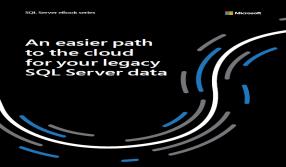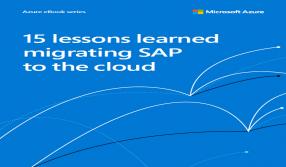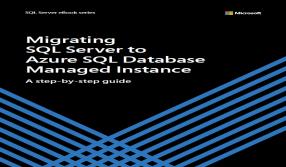Leadership in Context
- BY MYB
 In Aspire & Lead
In Aspire & Lead 11030
11030 0
0

Even the best scripts can ring hollow in the wrong settings. Research suggests that the most effective leadership behavior reflects the state of a company’s organizational health, which changes over time. Effective situational leadership adapts to these changes by identifying and marshaling the kinds of behavior needed to transition a company from its present state to a stronger, healthier one.
Organizational Health
It’s natural for leaders to overestimate the health of their organizations and the effectiveness of leadership. In ailing organizations, the leadership tends to rely on very detailed instructions and monitoring - a symptom of excessively tight control. A healthier organization’s leadership, by contrast, shows greater support for colleagues and subordinates, and sensitivity to their needs. And the leaders at elite organizations challenge employees to aspire higher still by setting stretch goals that inspire them to reach their full potential.
Distributed Leadership
As the 21st century began, the language of leadership acquired a new vocabulary: dispersed, devolved, democratic, distributive, collaborative, collective, co-operative, concurrent, co-ordinated, relational and co-leadership. However, the terms ‘shared’ and ‘distributed’ leadership are by far the most commonly used.
The new leadership focus is on dynamic, interactive processes of influence and learning, which will transform organisational structures, norms and work practices. Hierarchical leadership ‘is dependent upon the wisdom of an individual leader whereas distributed leadership draws from the knowledge of a collective. Further, vertical leadership takes place through a top-down influence process, whereas distributed leadership flows through a collaborative process.
Leadership Development Practice
Changing the leadership concept is not easy. a shift to distributed leadership requires not only a mindset change in the concept of leadership and an understanding of the tasks of leaders at various levels, but also a different understanding of the emotional challenges facing leaders in these settings. The emotional challenges may include fear of giving up feelings of dependency and anxiety about exercising one’s own authority as a leader on a wider organizational front.
This is not to suggest that managers do not also need personal development and an appropriate skill set. These skills may include the meta-skills of being able to learn and make sense of the new situation. Leadership development needs to encourage leaders to understand and respond to their particular contexts and enact the skills and capabilities that are required for their situation and time. The ability to make sense of the situation and create a ‘tailor-made’ intervention is required.
There is far too much focus on individual characteristics of leadership and far too little focus on the situational context. The ability to succeed in multiple contexts is based on the ability to change one’s style and approach to fit the culture, context or condition of an organization. The traditional leader is seen as a charismatic hero, a lone figure, towering above the rest. But as the context – the workplace, the workers and the work - changes (because we are in more of a knowledge-based economy) - a different type of leader tends to be more successful, especially when the challenge is cross-agency and/or cross-sector.











